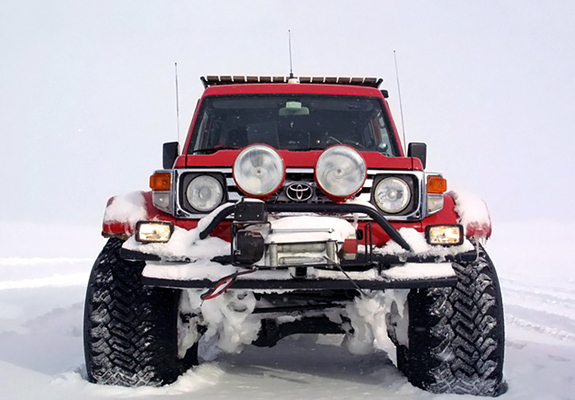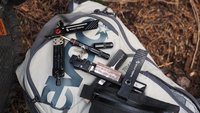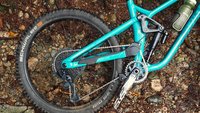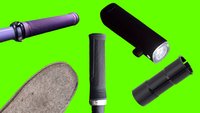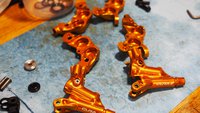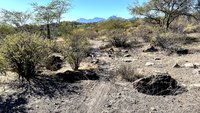I think the biggest thing you want on plowed snow is not weight, but contact pressure. Check out the ultra-pizza-cutters on this guy. They're probably something like 155s

You can increase contact pressure by increasing weight, but if things start to go sideways, extra weight makes it harder to recover. That's why for the same tires:
50:50 weight distribution AWD > 50:50 4WD > 70:30 FWD > 70:30 4WD (like a pickup) > 70:30 RWD
(I rank AWD over 4WD for the no-need to shift based on suface grip that Andy mentioned, but if you're in snow 100% of the time, 4WD will actually handle more predictably)
My regular-cab short-box 4x4 Toyota Pickup handles like a chocolate lab puppy in the snow even though it's on 235/85R16 Tri-Peak Toyo M55s due to little weight in the back, a Chinese Detroit Locker knock-off, and some suspect alignment numbers.
My Subaru on 205/55R16 Bridgestone All-Seasons will literally run rings around the Toyota until it gets high centered. If I put some 155 winters on it I might almost get away with driving it like the Yaris above.
If you're buying snow tires (and you should if you spend much time in the snow), I'd go narrower than the OEM summer/all season width (but you have to remember your dry cornering performance is going to drop)
Now, if you're talking >12" of uncompacted snow, nothing beats a 44 with single digit pressure except maybe something even bigger...
